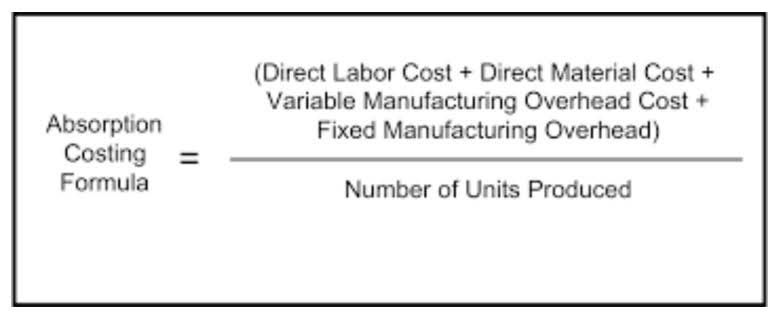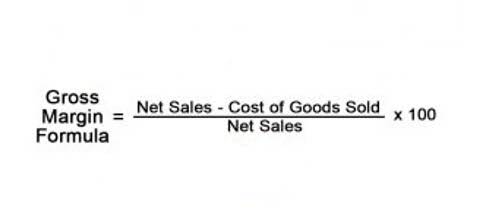There are always nuances and variables that are impossible to be captured by tools. This is a small collection of frameworks that I like to use and are not broadly available everywhere. There are plenty of other options spread across the internet for you to dive into, such as RACI, SPADE, Xanax, or even A/B testing. The group then needs to either argue to convince the ones against it or be persuaded into changing options. This way, you improve the chances of a decision being sound since it was scrutinized from multiple angles by the group.
Execute your strategy with the industry’s most preferred and intuitive software
- Pushing such day-to-day decisions closer to where they directly affect operations—in effect, putting them in the hands of frontline workers—allows an organization to be more flexible and respond more quickly to changing marketplace needs.
- By effectively delegating decision rights, the company eliminated the tendency to escalate decisions to numerous executives.
- The common mission, communicated by the CEO as a strategic “must win” priority and reinforced through changes in bonuses and goals, was to speed up and improve the drug development process by making timely decisions in an integrated manner.
- Evaluate employees based on their qualifications, expertise, and experience rather than solely relying on rank or seniority.
- This, in turn, enabled the organization to fully execute its digital transformation.
The recommend role has broad visibility and access to information, and initially aligns with the decider on the decision’s strategic context, timing, criteria, and required inputs. This role must have both the decider’s trust and credibility with all the other RAPID roles. Recommenders must be capable of directing and engaging stakeholders in a timely way to ensure the decision moves quickly and efficiently. To better understand how the distribution of decision rights drives performance and what companies can do to allocate them more effectively, we spoke with several leading authorities and practitioners.
Digital Governance
Dynamic Strategic Planning and Budgeting is a method to help companies plan and invest during times of great uncertainty. A Customer Experience Management (CXM) Program is how a business oversees its interactions with customers. Scenario Analysis and Contingency decision making framework Planning is a process that allows executives to explore and prepare for several alternative futures. To avoid these pitfalls, we recommend an alternative to RACI called DARE—standing for deciders, advisors, recommenders, and execution stakeholders.
- If the recommend role and the agree role cannot reconcile their views, the decide role will make the final call.
- 300 years later, we use his mathematical model to do all sorts of things, from creating AIs to mapping how gossip spreads.
- It provides clarity and confidence, ensuring that decisions are well-informed and aligned with your goals.
- The agreer collaborates with the recommender early on to develop a viable recommendation.
- Every success, every mishap, every opportunity seized or missed stems from a decision someone made—or failed to make.
About Deloitte Insights
By effectively delegating decision rights, the company eliminated the tendency to escalate decisions to numerous executives. Decision clarity is often hindered in businesses that cultivate an environment of unhealthy competition, impunity, and knowledge silos. Such practices undermine the transparency and collaboration https://www.bookstime.com/ necessary for effective decision-making. Organizations can break down these barriers by encouraging cooperation, accountability, and knowledge sharing and creating an atmosphere conducive to decision clarity. Decision rights are a company’s rules or procedures that enable transparent decision-making.
What are decision rights tools?
With the exception of a few edits, our framework was successful and has served its purpose of accelerating decisions throughout the organization. Our onboarding process now includes introducing the framework to new employees to help them understand how we work and what decisions they can make. (See the sample above.) The decision makers, backup decision makers, and those to be consulted are then assigned. As we learned from our own experience, the process of identifying decision makers is iterative and generative. After we created the first version of our matrix, we identified additional decisions and categories that we missed. Establishing a clear common mission for the group can help counter this risk, allowing the group to reach decisions more quickly and less contentiously.
Cost Management
Fill-Ins can be tackled when there is extra time or capacity, while Thankless Tasks should generally be avoided or deprioritized due to their high effort and low benefit. This method helps streamline decision-making by clearly highlighting which tasks will provide the most value for the least effort. To use the Impact vs Effort Matrix, list all the tasks or projects under consideration. Evaluate and score each task based on its potential impact and the effort required. Plot these tasks on a two-dimensional grid with “Impact” on the vertical axis and “Effort” on the horizontal axis. Notice that the tree is not making decisions on your behalf like RICE/ICE does, and that’s why this framework is excellent for group decision-making.
- To use the Impact vs Effort Matrix, list all the tasks or projects under consideration.
- Learn about Deloitte’s offerings, people, and culture as a global provider of audit, assurance, consulting, financial advisory, risk advisory, tax, and related services.
- Determining the appropriate tools for decision rights is crucial because they are not universally applicable but customized to suit specific organizational needs.
- To enable a more accurate understanding of customer demand and the ability to quickly act on this understanding, key decisions around how to bundle, ship, and deliver products were assigned to a cross-functional customer-facing team.
- While you’re in the process of building trust and learning how your boss thinks, have a bias to recommend versus telling in advance.
- Using a structured decision making framework can help overcome common challenges in decision making, such as information overload, analysis paralysis, and cognitive biases.
- But in the day-to-day course of business, these types of determinations are much less common than more routine decisions.
- RICE and ICE are usually seen as prioritization frameworks, but let’s not forget that prioritization is an exercise of decision-making on its own.
- He and the Insights2Action team help clients to sense, analyze, and act—with purpose and precision—at the ever shifting intersection of work, workforce, workplace, and industry.
- Stakeholder mapping that is done by a DGO as preparation for a key decision may have value to others in the organization.
- These guidelines inform the organization about who makes decisions, what decisions to make, and how info rights flow, e.g., from external industry experts, internal data analysis, decision-making meetings, etc.







